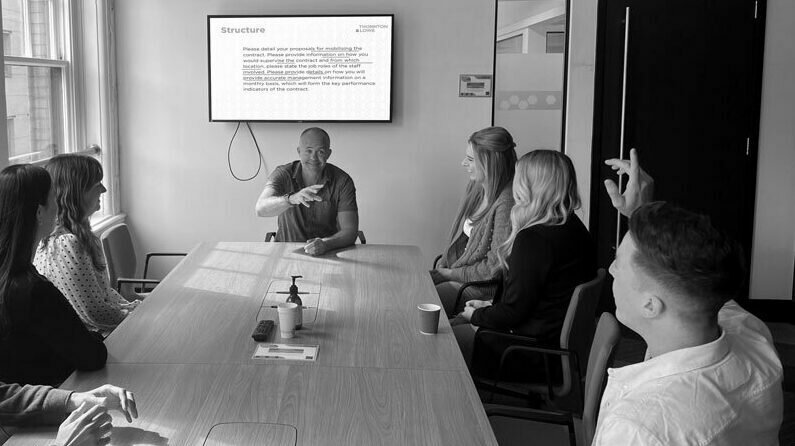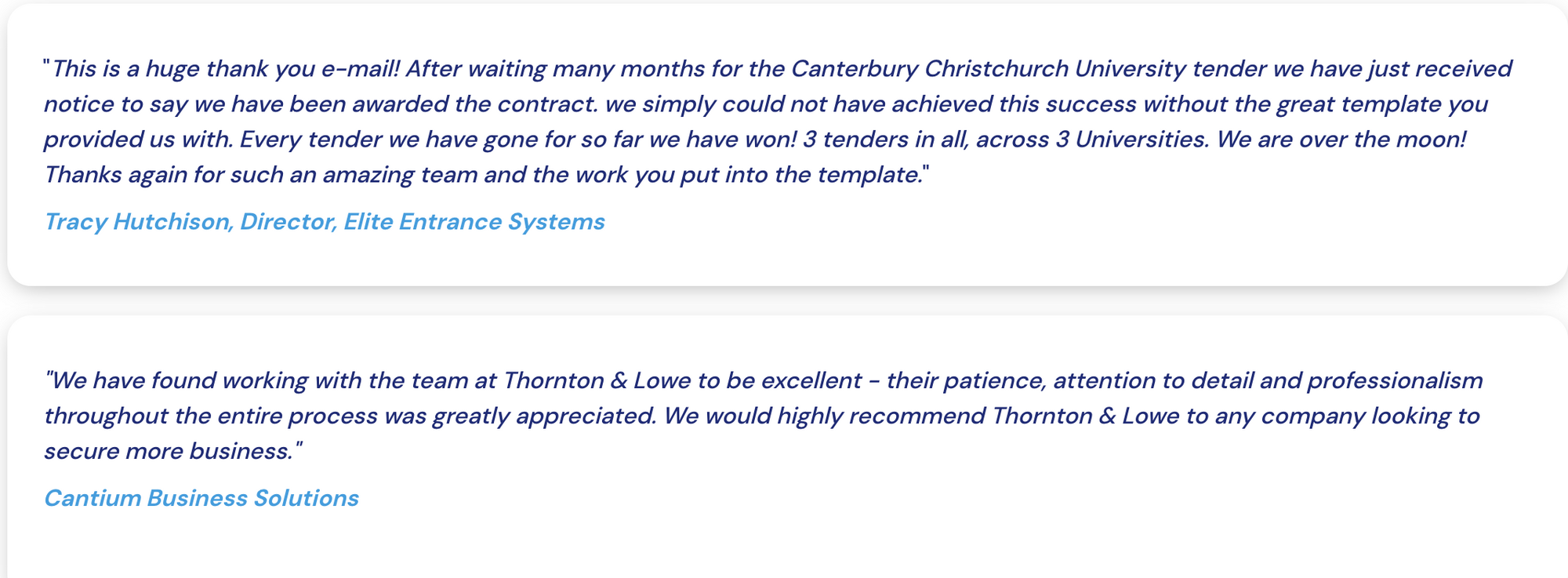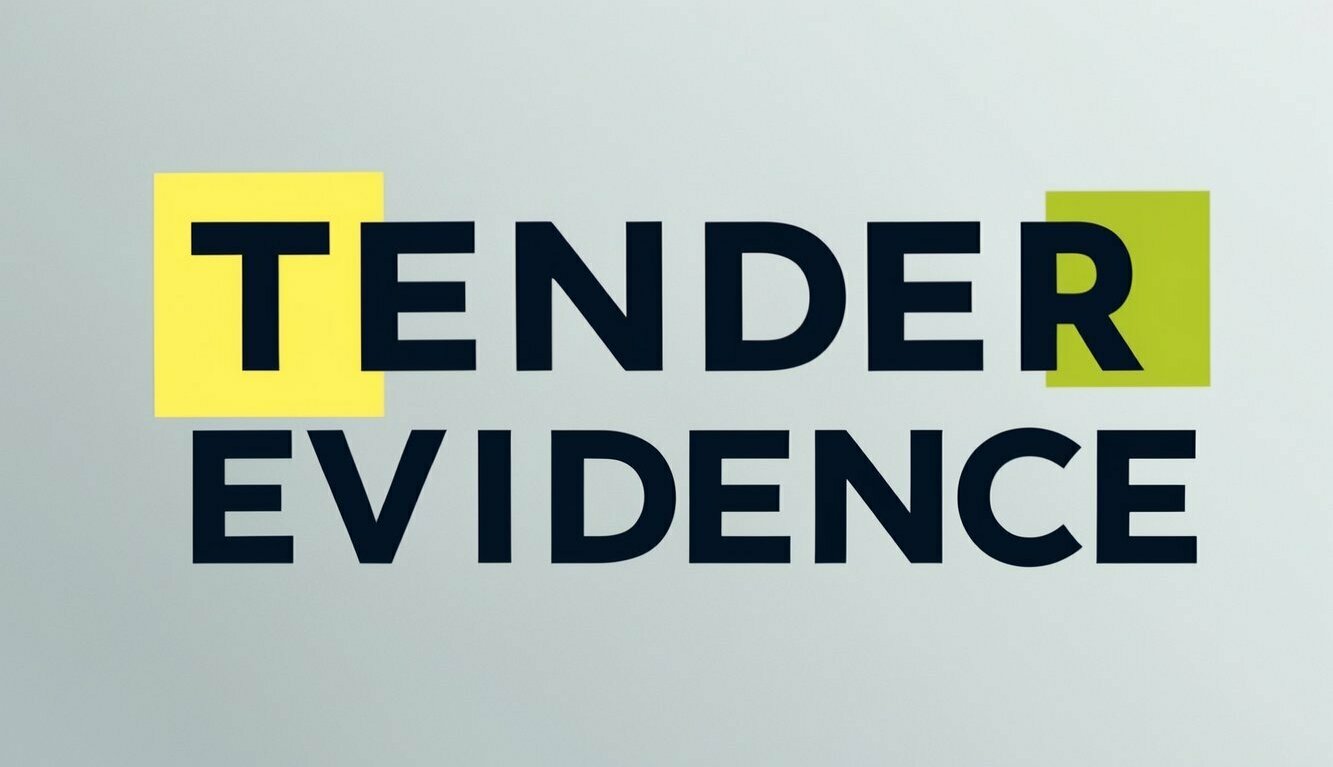The Power of Business Collateral and Tender Evidence
When it comes to winning public sector contracts, submitting a persuasive bid is crucial. The quality and relevance of your submission can make all the difference. One key aspect that's often overlooked is the importance of business collateral and tender evidence. These elements help substantiate your claims and demonstrate your ability to deliver on the contract requirements.
So, what exactly is bid evidence? In a nutshell, it's the documents, materials, and proof that verify your company's experience, qualifications, and capability to meet the tender specifications. This can include case studies showcasing successful past projects, client testimonials, CVs of key personnel, certifications, and performance reports.
But it's not just about what you've done; it's also about how you communicate your understanding of the contracting authority's needs. By proactively addressing potential risks and offering innovative solutions tailored to their specific challenges, you can provide a much stronger bid that sets you apart from the competition.
Why is Tender Evidence Important
Tender evidence is more than just backup material, it's a deciding factor in whether your bid is taken seriously. Contracting authorities want reassurance that you have a proven track record of delivering quality outcomes. Evidence adds credibility to your submission and helps build trust with the buyer.
To present compelling bid evidence, it's essential to have organised systems for collecting and managing this information. Engage with your subject matter experts, establish a centralised repository, regularly refresh your evidence, and tailor it for each opportunity.
When it comes to presenting your evidence, make sure to use engaging visuals, incorporate key statistics, structure your evidence for clarity, and always connect it to tangible benefits for the contracting authority. By doing so, you can dramatically enhance your bid's chances of success.
Remember, collecting and presenting evidence effectively requires collaboration with your internal teams, ongoing updates to your materials, and thoughtful tailoring of your evidence to each tender's unique demands. Whether you manage bids in-house or partner with expert bid consultants, a focus on robust, relevant evidence can be the deciding factor in securing valuable public sector contracts.
Looking for a bid partner or quote?
Contact usExamples of Tender Evidence
When preparing bids and proposals, evidence is key! It showcases your solutions, expertise, and experience. This evidence should be highly practical and tailored to the specific requirements of the tender. Here are some practical examples of tender evidence:
- Case studies are an excellent way to demonstrate your real-world experience and expertise. Provide detailed examples of similar projects you've successfully delivered, highlighting the challenges faced, your approach, and the positive outcomes achieved. Ensure that your case studies are relevant, recent, and substantiated with verifiable data.
- Include performance data, statistics, and KPIs that quantify the impact of your solutions. This could be cost savings, efficiency gains, customer satisfaction scores, or other relevant metrics that demonstrate the value you deliver. Use transparent and verifiable data to support your claims.
- Testimonials, references, and client feedback to provide third-party validation of your capabilities. Choose quotes that specifically relate to the requirements of the tender and the benefits you provided. Provide contact details for clients willing to give positive references and discuss their experience with evaluators.
- Provide CVs and biographies of your key personnel, highlighting their relevant qualifications, certifications, and experience. This demonstrates the depth of expertise within your team and instils confidence in your ability to deliver.
- Include visual elements like diagrams, flowcharts, and images to effectively communicate your solutions and processes. This can make complex information more accessible and engaging for the evaluators. Use screenshots to showcase your software, dashboards, or reporting capabilities.
- Provide a comprehensive contract mobilisation plan that outlines the steps you will take to ensure a smooth transition and implementation of your services. This plan should cover key aspects such as project management, resource allocation, communication protocols, and timelines.
- Include a contract mobilisation risk register that identifies potential risks and challenges that may arise during the contract mobilisation phase. Demonstrate your proactive approach to risk management by providing a detailed risk assessment matrix and mitigation strategies.
- Example KPI Report show your reporting capabilities! An example KPI report demonstrates how you track, measure, and communicate performance against agreed-upon metrics. This report should be visually appealing, easy to understand, and aligned with the tender requirements.
When presenting evidence in your bid, third-party endorsements, such as independent consumer ratings or industry awards, are more compelling than self-produced data. Use recent and relevant evidence to support your claims and clearly explain how your evidence supports your bid's assertions.

Strengthen Your Bids with Expert Support from Thornton & Lowe
At Thornton & Lowe, we understand that compelling tender evidence is the foundation of a successful bid. Whether you need help identifying the right case studies, refining bid responses, or structuring your evidence to maximise evaluation scores, our bid writing, training, and review services ensure your submission stands out.
🔹 Bid & Tender Writing – Our expert bid writers draft persuasive, evidence-based responses, ensuring your submission meets all tender requirements while clearly demonstrating your experience and value.
🔹 Bid Training & Coaching – We help your team develop the skills and confidence to manage tenders effectively, including how to source, present, and structure bid evidence for maximum impact.
🔹 Bid Review Service – If you've prepared your bid in-house, our specialists can provide a detailed review, checking for gaps in evidence, consistency, and compliance before submission.
Get in touch with Thornton & Lowe today to enhance your bid strategy, build a robust evidence bank, and improve your tender success rate. Hello@thorntonandlowe.com or call on 01204 238046

Book a Free Consultation
Click here




